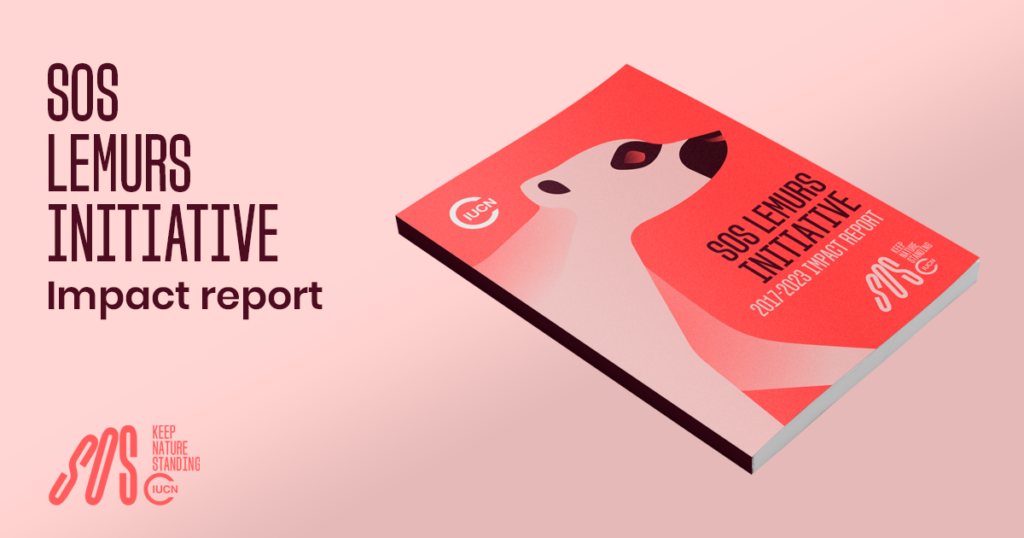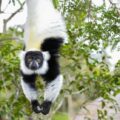Initiative
SOS Lemurs
Launched in 2017, SOS Lemurs’ objective is to support lemur conservation, particularly through the implementation of the IUCN/SSC Lemur Conservation Strategy. Expected to run until 2029, it is the only initiative dedicated to lemur conservation in the world.

Madagascar is one of the world’s biodiversity hotspots, with a rich diversity of primate species. Unfortunately, according to the IUCN Red List of Threatened Species™, 90% of all 112 known lemur species are threatened with extinction, and almost a third (31%) are now Critically Endangered – just one step away from extinction. The main threats to lemurs include hunting for food and the pet trade, as well as habitat destruction caused by slash-and-burn agriculture, illegal logging and fires. Combined, these pressures have made lemurs one of the most threatened mammal groups on earth.

This is why, to achieve maximum impact, the SOS Lemurs initiative is aligned with the recommendations and priorities for lemur conservation, as presented in the document published by the IUCN/SSC Primate Specialist Group: Lemurs of Madagascar – A strategy for their conservation 2013-2016.
Implemented in two different phases, Phase I projects (2017-2023) contributed to the protection of 63 lemur species across 49 projects over the course of six years.

Phase II projects, expected to start in 2024, will continue to work with local communities, civil society networks and local government to support knowledge transfer among conservationists, influence national and international policies, build local capacity and raise public awareness on the need to conserve lemurs, among other species.


The ultimate goal of SOS Lemurs is to provide small to medium size grants to civil society organisations in order to:
- Ensure key lemur populations across key sites are secured;
- Empower relevant communities with skills and livelihood options to help them coexist with lemurs;
- Help local conservation actors/NGOs develop their long-term development goals through knowledge sharing and financial support.
The SOS Lemurs initiative contributes to all four long-term goals of the new Kunming-Montreal Global Biodiversity Framework (GBF). This includes the implementation of strategies to preserve lemur populations, ensure sustainable use of biodiversity, and empower local communities to adopt sustainable livelihoods. SOS Lemurs’ efforts to safeguard and restore habitats, reduce deforestation and promote sustainable income-generating activities significantly contribute to the Sustainable Development Goals and the Paris Agreement on Climate Change, as well as the global objective of protecting 30% of nature by 2030 under the GBF.
In 2022, the first phase of SOS Lemurs underwent an independent evaluation to assess the overall performance of the initiative. It concluded that the initiative was a very successful project, with simple grant-making procedures and accessible to many NGOs, including small entities from civil society. Click here to read the full evaluation summary.
The SOS Lemurs conservation initiative is made possible through the generous support of the Fondation Hans Wilsdorf.



























